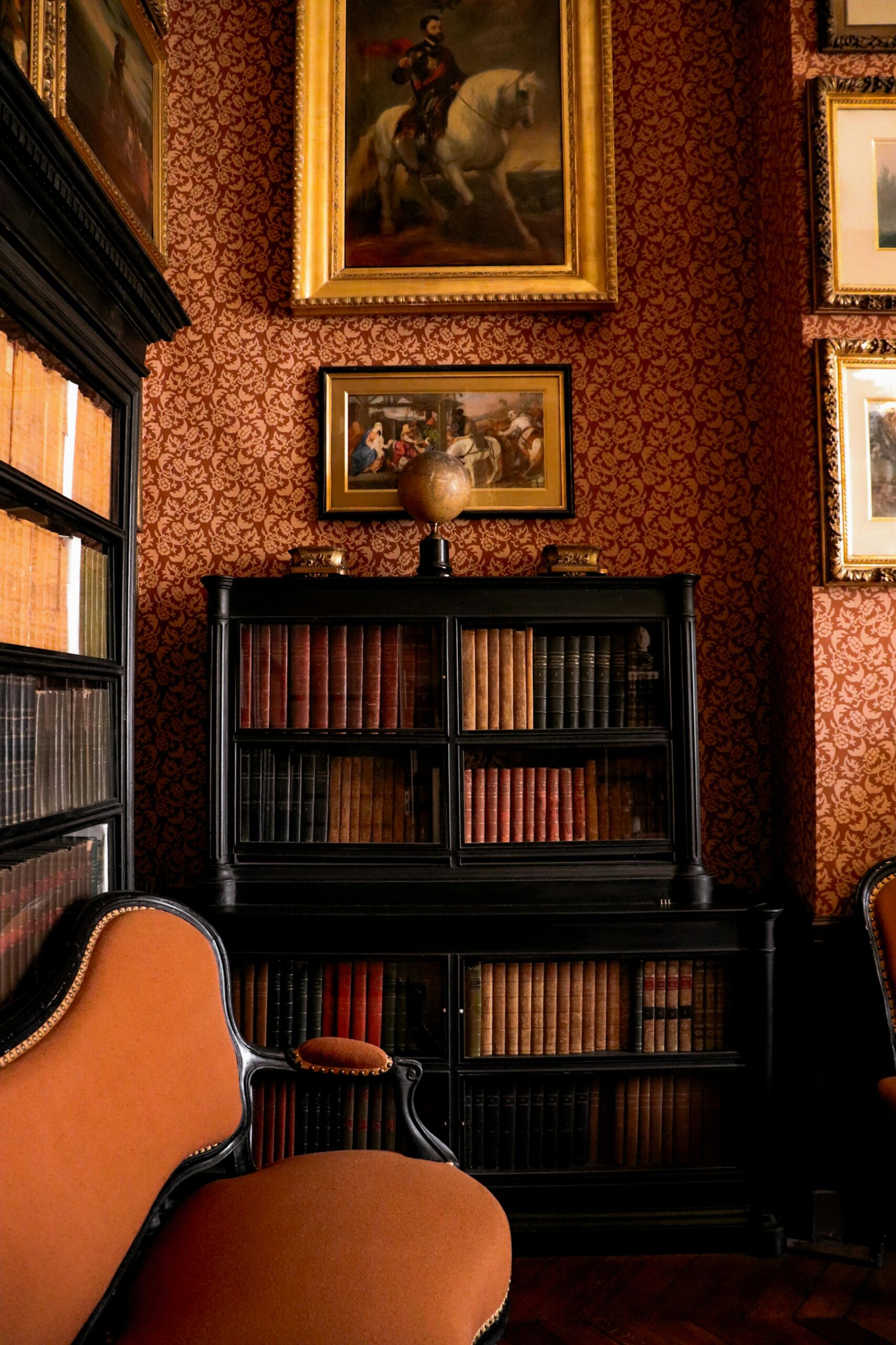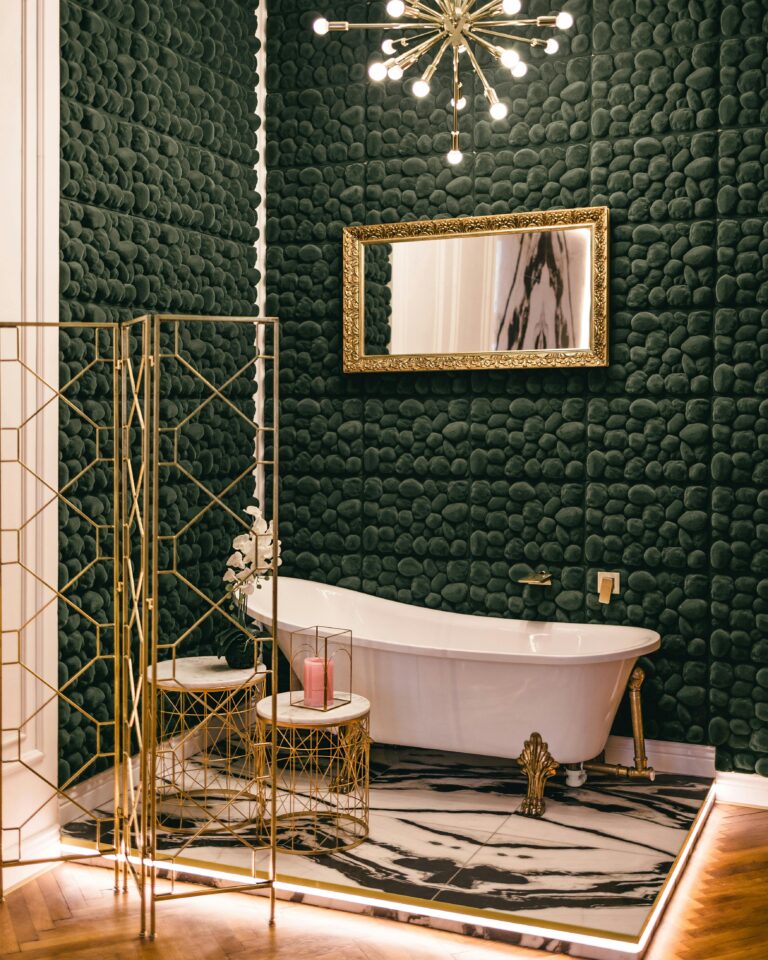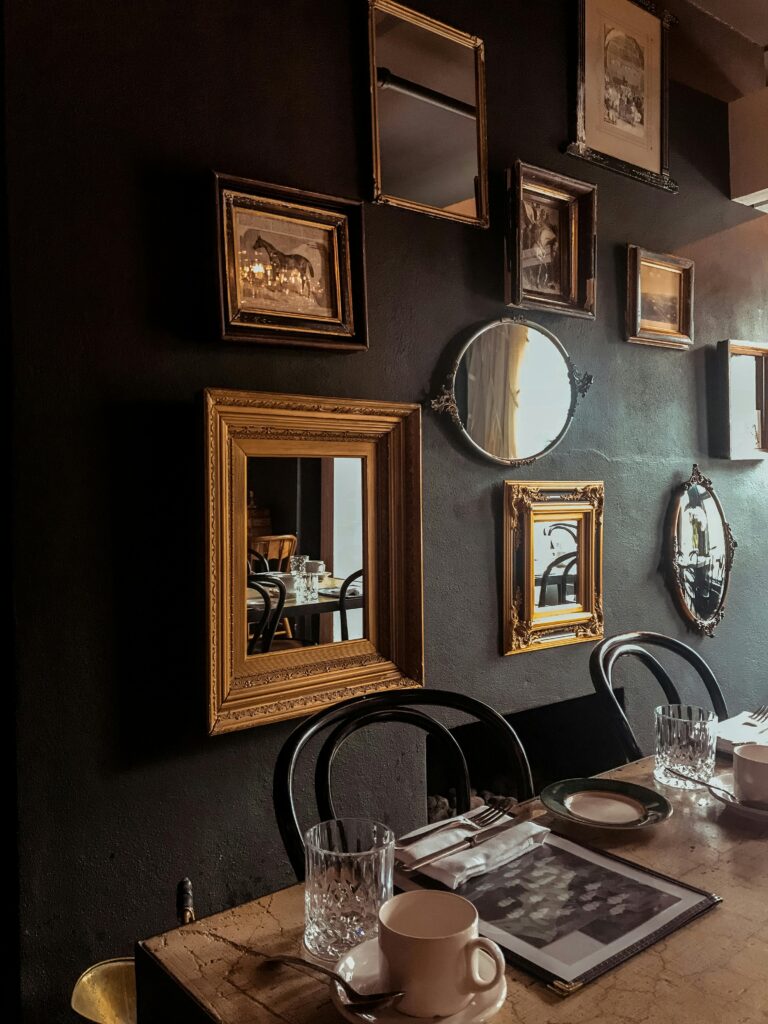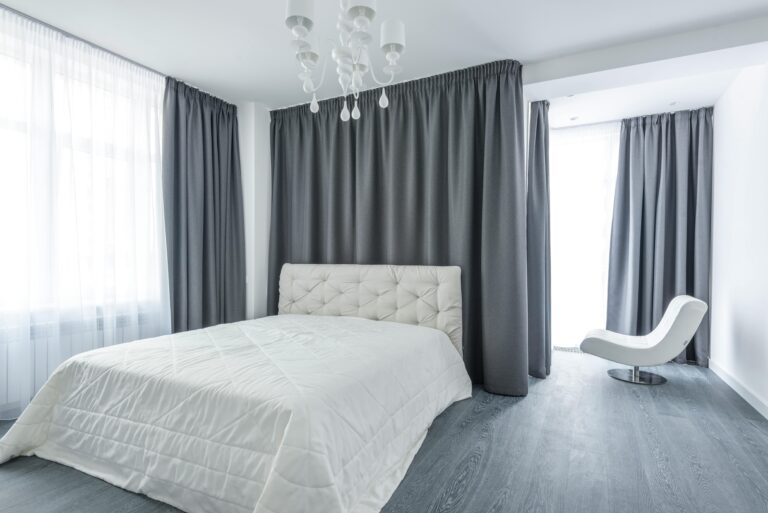Signature Luxury Home Library Design: Creating Bespoke Literary Sanctuaries for Refined Living 2025
The most exquisite homes harbor a secret that separates true connoisseurs from mere collectors of expensive furniture. In a world where digital screens dominate our attention, the luxury home library has evolved from a simple book repository into something far more profound: a curated sanctuary that reflects intellectual sophistication and personal narrative. Yet most homeowners struggle with a fundamental misconception—they believe luxury libraries are about impressive book collections and leather-bound volumes, when the reality runs much deeper.
The challenge isn’t selecting beautiful books or installing custom shelving. The real difficulty lies in creating a space that seamlessly balances literary function with architectural artistry, personal meaning with timeless design principles. This disconnect leaves even well-intentioned homeowners with libraries that feel more like stage sets than living, breathing spaces for contemplation and discovery.
Through years of crafting bespoke literary sanctuaries, we’ve discovered that exceptional library design requires a completely different approach—one that prioritizes the reader’s experience over superficial aesthetics, creating spaces that inspire both intellectual curiosity and profound tranquility.
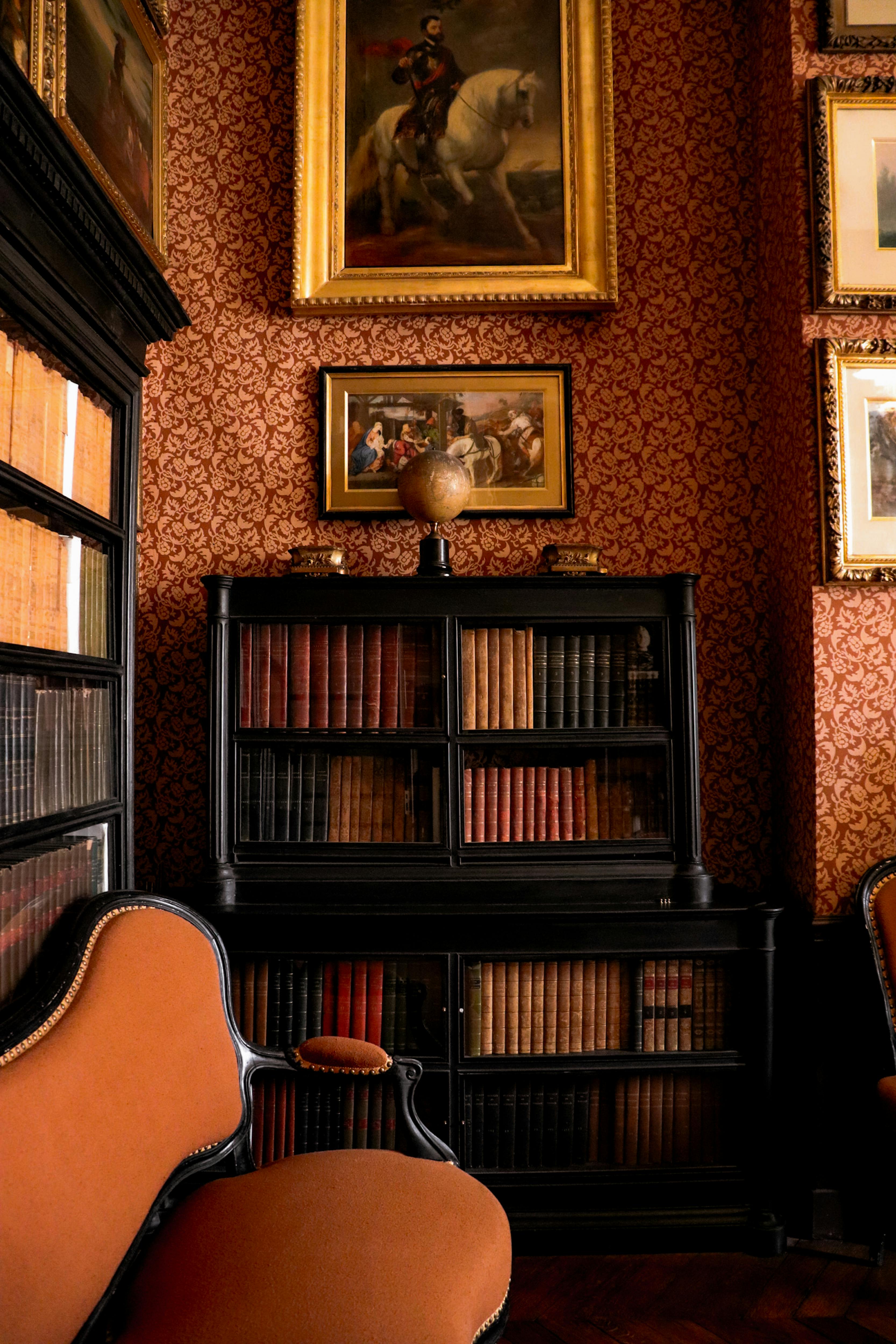
This Photo was taken by Céline |.
The psychology of literary sanctuaries: understanding the modern reader’s needs
Contemporary luxury library design transcends traditional notions of what constitutes a reading space. According to recent studies by the American Library Association, personal reading spaces significantly impact comprehension and retention rates, with well-designed environments showing up to 34% improvement in focused reading time.
The modern literary sanctuary serves multiple psychological functions beyond simple book storage. It acts as a retreat from digital overstimulation, a space for contemplative thinking, and a physical manifestation of intellectual identity. This multi-layered purpose demands design approaches that consider neurological responses to spatial elements, lighting conditions, and acoustic properties.
Understanding these psychological drivers becomes crucial when planning your library’s layout and atmosphere. The space must accommodate different reading modes—from intensive study sessions to leisurely browsing—while maintaining visual coherence that reflects your personal aesthetic vision.
Creating zones for different reading experiences
Successful luxury libraries incorporate distinct zones that cater to various literary activities. The intensive reading zone requires focused lighting and ergonomic seating, while casual browsing areas benefit from ambient illumination and flexible furniture arrangements. A contemplation zone might feature a window seat or secluded corner for reflection and note-taking.
These zones don’t require physical barriers but can be defined through subtle design elements like varying ceiling heights, strategic lighting placement, or carefully positioned furniture groupings. The key lies in creating natural transitions that guide movement through the space without feeling contrived or overly structured.

This Photo was taken by Rachel Claire.
Architectural foundations: designing the bones of literary luxury
The architectural framework of your library establishes the foundation for every subsequent design decision. Unlike luxury living room design, which prioritizes social interaction, library architecture must prioritize solitude and concentration while maintaining visual grandeur.
Ceiling height plays a crucial role in creating the appropriate sense of scale and intimacy. While dramatic double-height spaces can accommodate impressive floor-to-ceiling shelving, they may feel overwhelming for intimate reading sessions. The optimal ceiling height for most luxury libraries ranges between 10-12 feet, providing sufficient grandeur without sacrificing the cozy atmosphere essential for comfortable reading.
Strategic window placement and natural light management
Natural light presents both opportunities and challenges in library design. While abundant daylight creates an inviting atmosphere, direct sunlight can damage valuable books and create reading glare. Strategic window placement should maximize northern exposure when possible, providing consistent, gentle illumination throughout the day.
Consider incorporating light wells or clerestory windows to introduce natural light without compromising wall space for shelving. These architectural elements add visual interest while protecting your collection from harmful UV rays that cause fading and deterioration over time.
| Lighting Strategy | Best Application | Considerations |
|---|---|---|
| Northern Windows | Primary reading areas | Consistent, gentle light throughout day |
| Clerestory Windows | High shelving areas | Protects books while adding architectural interest |
| Light Wells | Central reading spaces | Dramatic effect without direct book exposure |
| Eastern Windows | Morning reading nooks | Requires UV protection for book preservation |
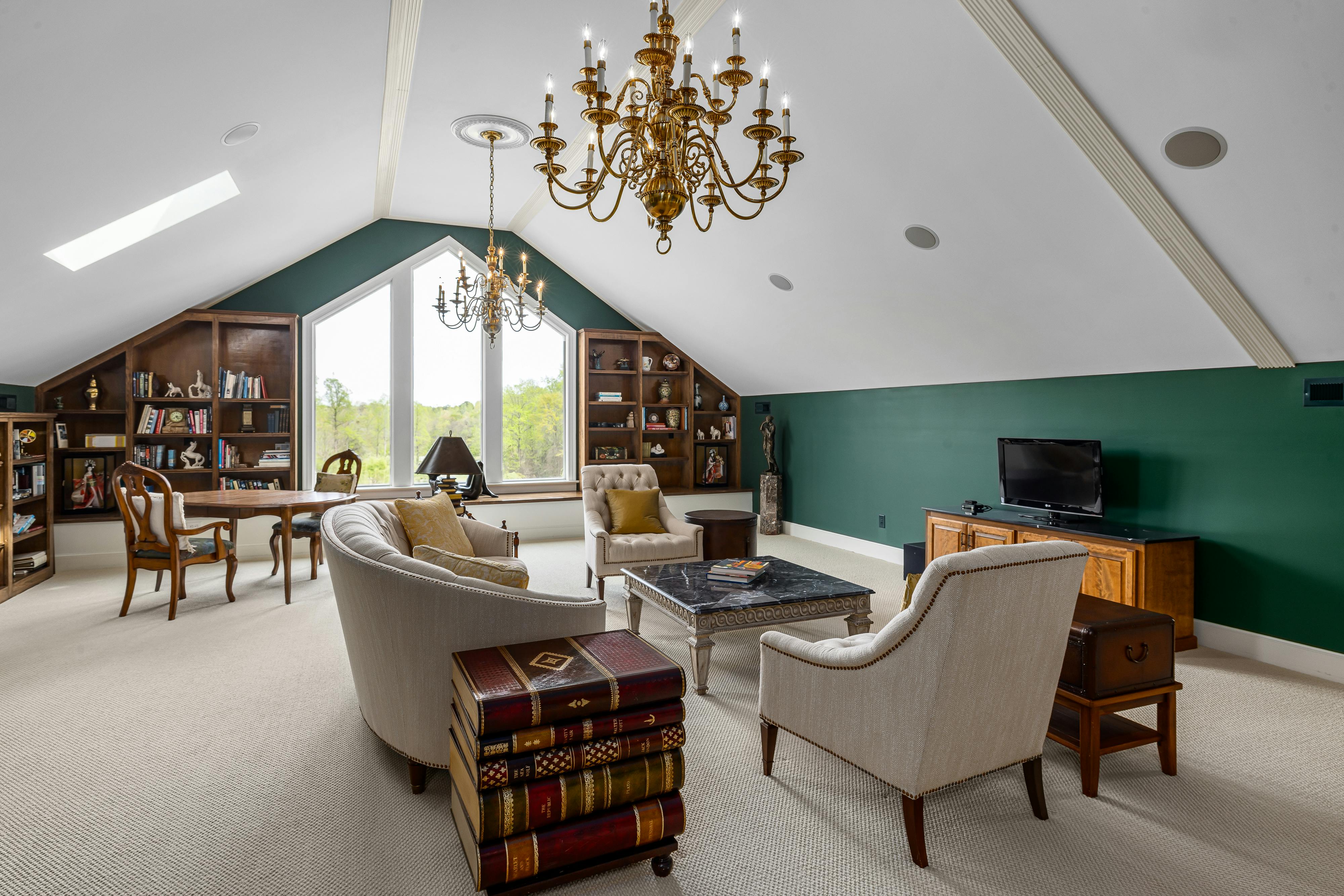
This Photo was taken by Curtis Adams.
Custom millwork mastery: elevating storage beyond mere shelving
The distinction between ordinary bookshelves and luxury library millwork lies in the integration of function with architectural beauty. Custom millwork should feel like a natural extension of your home’s architectural character, not an afterthought added to accommodate books.
Quality millwork incorporates adjustable shelving systems that adapt to your evolving collection while maintaining visual consistency. Hidden mechanisms allow for easy reconfiguration without compromising the seamless appearance that defines luxury installations. The best custom library systems integrate lighting, climate control, and even technology infrastructure within the millwork itself.
Material selection for longevity and beauty
Wood selection significantly impacts both the aesthetic character and functional performance of your library millwork. Rich hardwoods like walnut, cherry, and mahogany develop beautiful patina over time while providing the structural integrity necessary for heavy book loads. These materials also complement the warm, inviting atmosphere essential to comfortable reading spaces.
Consider incorporating contrasting materials like metal accents or stone elements to add visual interest without overwhelming the space’s literary focus. Brass hardware and fixtures develop an appealing patina that enhances the library’s sense of established elegance, while stainless steel offers a more contemporary aesthetic that works well in modern architectural settings.
The integration of your library design with other luxury spaces throughout your home creates a cohesive narrative that enhances the overall living experience. Much like signature luxury home office design, library millwork should reflect your personal style while serving highly specific functional requirements.

This Photo was taken by Vika Glitter.
Illumination artistry: layered lighting for every literary moment
Sophisticated library lighting transcends basic illumination to create atmospheric layers that support different activities and times of day. According to the Illuminating Engineering Society, reading tasks require specific light levels and color temperatures to minimize eye strain while maximizing comprehension.
The foundation of exceptional library lighting begins with ambient illumination that provides overall room brightness without creating harsh

